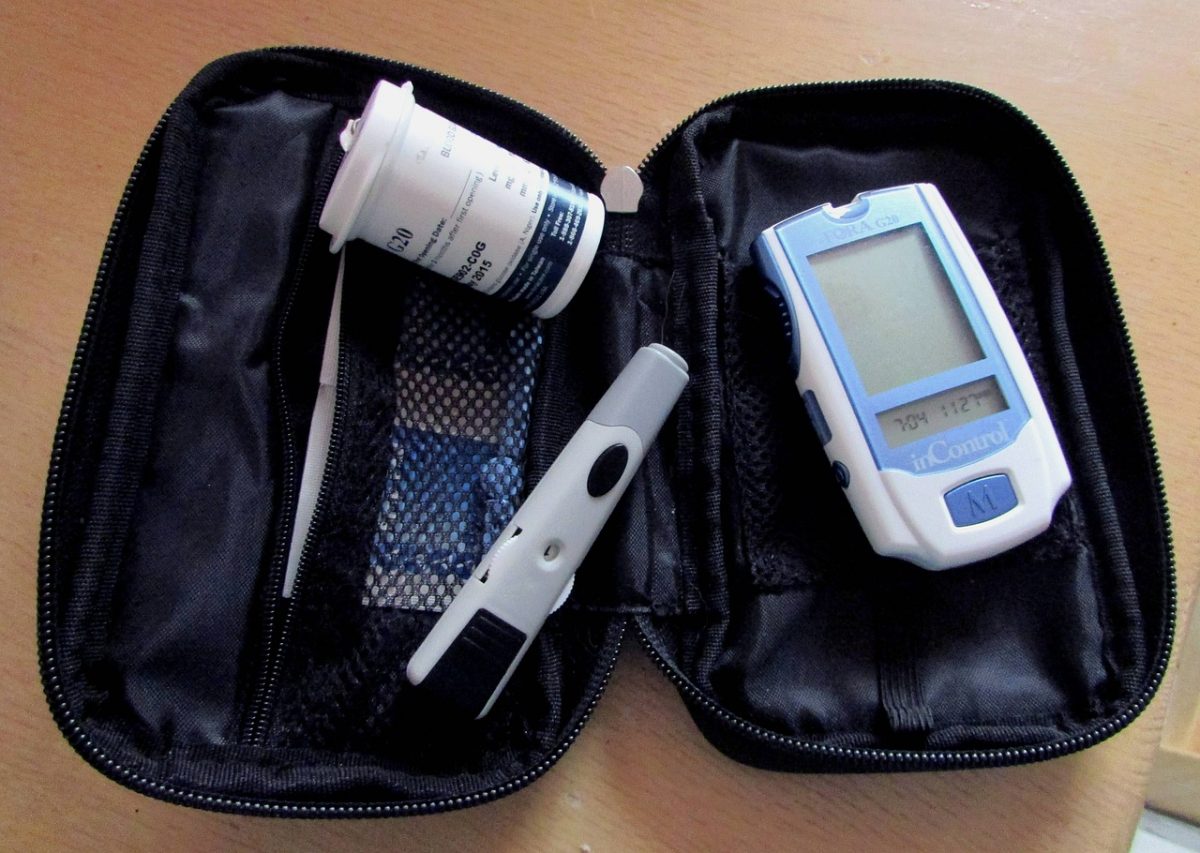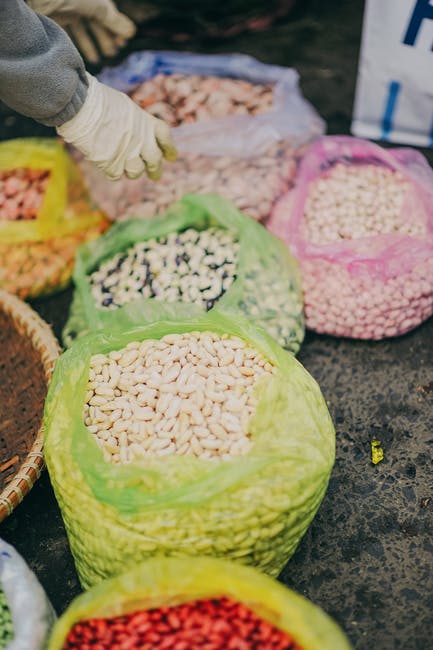People with diabetes need a variety of supplies to monitor and manage their disease. Those that have been newly diagnosed with diabetes are usually overwhelmed with the news. While they’re trying to come to terms with the way their life will change, they often don’t realize the wide array of essential supplies they’ll soon be using. The following are must-have supplies for diabetics that aren’t using an insulin pump.
Insulin/Insulin Pens
Insulin is the hormone that regulates the absorption of insulin in the bloodstream. Diabetics must inject insulin to counteract the sugars from the foods consumed. Insulin is available in vials that need to be kept cool. Insulin pens are more convenient, don’t need to be refrigerated, and can be tucked into a pocket or purse.
Syringes/Insulin Pen Needles
To administer insulin from a vial, syringes will be used for the injection. A different type of needle will be required for an insulin pen. It screws on the end of the pen for the injection.
Glucose Monitor
A glucose monitor uses test strips to analyze a small drop of blood. In just a few seconds, the monitor will provide individuals with the level of glucose in their blood.
Lancing Device/Lancets
A lancing device with a small needle called a lancet is used to prick a finger to obtain a blood sample for testing.
Test Strips
Test strips are an essential part of blood glucose testing. The end of the test strip is inserted into the monitor and the other end of the test strip is used to collect the blood sample obtained from the lancing device.
Medication
Most diabetics also take oral medications to treat the disease, along with their insulin.
Ketone Meter/Test Strips
Some people with diabetes are at a greater risk of developing diabetic ketoacidosis (DKA) due to medications or low glucose levels. When the body isn’t fed regularly, it begins to burn fat to fuel itself. This can result in DKA. While many diabetics don’t require testing for ketones, their doctor may recommend they get a meter and the test strips to do so. It’s important to note that ketone meters and test strips are entirely different than glucose monitors and the test strips they use.
Fast Acting Glucose/Glucagon Emergency Kit
Diabetics should always keep fast-acting glucose tablets on hand in the event that their glucose levels begin to dip too low and they can’t immediately eat something. It’s also a good idea for diabetics to keep a glucagon emergency kit with them if their glucose levels drop below safe amounts.
Medic Alert Bracelet
Medic Alert ID bracelet speaks for a diabetic if they’re incapacitated and can’t communicate for themselves. The bracelet will let emergency personnel know they’re diabetic. The bracelets are available in a myriad of fashionable styles, designs and colors.
If you would like to find out about earning cash for your unwanted, unused and boxed test strips, complete our online quote form today.
If you have extra, unopened and unused boxes of diabetic test strips – whether you have switched brands, no longer need to test or test less frequently, or have a loved one who has passed away – don’t let them gather dust until they’ve expired and end up in the trash. We’re the best place to sell diabetic test strips online, and if you want to sell your test strips, we’re here to make the process easy and enjoyable!
Visit us at Sell Your Test Strips and get your free quote today!
Like us on Facebook




